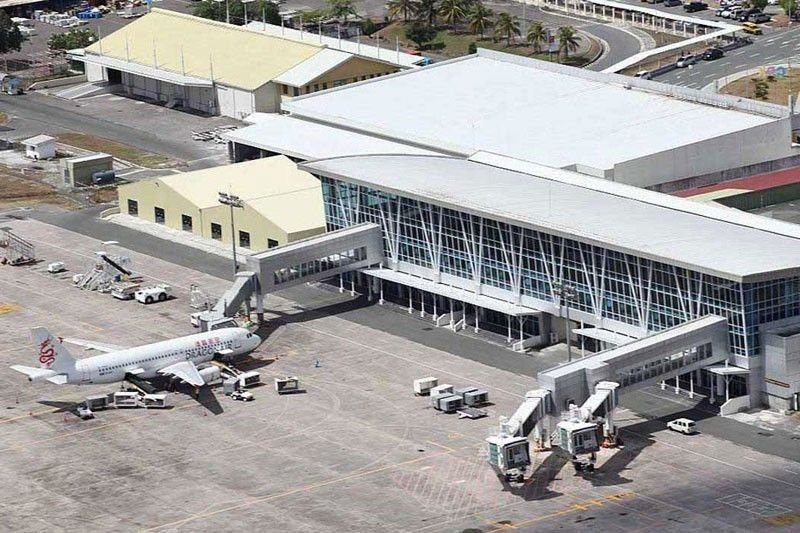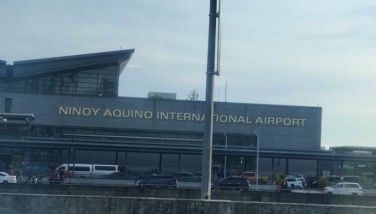Island flights may soon take off from Clark airport

Out Of NAIA
MANILA, Philippines — Almost three million travelers may have to fly out from Clark to reach island destinations like Coron and Siargao if the government proceeds with the plan to push turboprops out of the Ninoy Aquino International Airport (NAIA).
The country’s biggest carriers told The STAR that turboprops – the aircraft they assign to land in airports with shorter runways – may leave NAIA grounds soon based on recent negotiations with the government.
The incoming concessionaire of NAIA, led by San Miguel Corp., is planning to turn the existing Terminal 4 into a warehouse and build a new one nearby as part of the P170.6-billion rehabilitation of the country’s main gateway.
Terminal 4 currently serves as the home for most turboprops connecting to domestic routes with smaller airports like Coron, Masbate, Naga and Siargao. The terminal welcomed a total of 2.79 million passengers in 2023, and even as high as 5.74 million prior to the pandemic in 2019.
Transportation Undersecretary Timothy John Batan said the government has no definite order yet for airlines to withdraw their turboprops from NAIA. However, carriers are advised to maximize the Clark International Airport by relocating some of their domestic flights there.
“There is no policy to phase out turboprops, but we encourage moving turboprops to use Clark,” Batan told The STAR.
In earlier negotiations with the government, low-cost carrier Cebu Pacific has pushed to prohibit general aviation like private flights in NAIA to dedicate the airport for commercial activities for maximum efficiency.
Cebu Pacific president and chief commercial officer Alexander Lao said the government also has to invest in the upgrade of regional airports to make their runways capable of accommodating bigger jets like Airbus A320s in replacement of the turboprops.
“Cebu Pacific is aware that there have been consultations on the removal of turboprop operations in NAIA. We need to see the final policy first before we can fully comment on the same, but we are hopeful general aviation is fully removed,” Lao said.
Likewise, flag carrier Philippine Airlines (PAL) warned that taking turboprops out of NAIA may disrupt the recovery story of domestic tourism. PAL executive vice president and general counsel Carlos Luis Fernandez said some travelers may be discouraged to book flights if they are forced to depart from Clark.
Fortunately, the government understands the risk of clearing NAIA of turboprops, and it plans to invest in runway upgrades for provincial airports to improve their capacity.
“The plan really is from the government, [and] we have been hearing some initiatives to transfer turboprops outside of NAIA. We have been engaging with the government, and they understand that we cannot do it right away. You have major tourist destinations that are going to get cut off,” Fernandez said.
As of March, PAL manages 18 turboprops made by Bombardier in its fleet, of which seven are owned and 11 are leased.
Meanwhile, Cebu Pacific owns 12 ATR 72-600s and two 72-500s, on top of two 72-600s that are under lease. The airline owned by the Gokongweis targets to end the year with 16 turboprops in its fleet, as it acquires more of these aircraft to reach remote islands.
At present, Cebu Pacific sends out turboprops to touch base with 25 domestic destinations, flying more than 2.5 million passengers every year using these jets. The Gokongweis are also exploring the possibility of acquiring AirSWIFT Transport Inc., which runs on an all-turboprop fleet.
Recently, Clark’s flight reach has widened on the arrival of more turboprops on its runway, such as boutique carrier Sunlight Air, which evacuated NAIA to headquarter in Clark.
PAL also brought one of its turboprop services to Clark, the flights to Basco, turning the airport into its jumpoff point for trips to Batanes.
Turboprops are assigned by airlines to fly domestic routes ranging between 600 and 1,000 miles, and they consume less fuel as they travel at a slower pace.
- Latest
- Trending

























